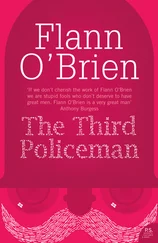For a few nights she had nightmares in which she was sure she was dying. She stopped eating and for a few days she ran a temperature. She felt betrayed: by her father and by the world in general. Everything disgusted her. Then she began to dream again about her mother, who had died of cancer eight years before. She dreamed that Edith Lieberman was walking the dusty streets of Santa Teresa and that she, behind the wheel of a black Ford Falcon, was rolling along behind. Her mother looked the way she did in her photographs: dressed up, though in outmoded finery. In her dream Rosa was afraid that her mother would head to the house and discover her father in bed with that boy, but Edith Lieberman’s steps led her straight to the cemetery.
The Santa Teresa cemetery was big and as white as homemade yogurt. Rosa thought that her mother would get lost in its labyrinthine streets, flanked by twenty-foot walls of neglected niches, but her mother seemed to know the place better than she did and without difficulty she came to a little square where water taps and the statue of the bullfighter Celestino Arraya rose.
They’ve turned me out of my grave, the dead woman announced flatly, and Rosa understood. Finding himself in financial and bureaucratic straits, Amalfitano hadn’t been able to cremate his wife’s body and had been forced to rent a niche in the working-class cemetery of Rio de Janeiro. Before he was able to pay the first installment, Amalfitano had left Brazil with his daughter, harried by the police, creditors, and colleagues accusing him of various heterodoxies. And Edith Lieberman’s remains? Father and daughter were well aware of what had befallen them and had resigned themselves to it. Debtors were fated to end up in a potter’s field. Sometimes Rosa dreamed of an imaginary Brazil divided into two self-contained parts: the jungle and the potter’s field. The jungle teemed with copulating people and animals. The potter’s field was like an empty opera house. Both led down a long tunnel to the ossuary. She usually woke up crying despite the fact that it didn’t bother her at all to know that her mother’s remains lay scattered together with the bones of countless anonymous Brazilians. Like her father, Rosa was an atheist, and as an atheist she believed that she shouldn’t care where a person was buried.
“I’ve been turned from my grave like an old homeless woman,” whispered her mother in the dream.
“It doesn’t matter, Mama, you’ll be freer that way.”
“I have nothing of my own anymore. I live in squalor and chaos. I asked to be cremated, my ashes scattered over the Danube, but your father is a fickle soul who doesn’t know how to keep his word.”
“I knew nothing about any of that.”
“Never mind, dearest. At last my soul is about to achieve concentric happiness.”
“Concentric happiness?”
“Yes, classic generosity.”
“What does that mean, Mama?”
“It means I’m turning into a guardian spirit. And it means that I’ll spend a while longer beside this horrible statue and I’ll protect you in the dangerous days to come.”
Then her mother, turning away from her, began to speak in French. She seemed to be addressing the statue.
When she awoke, the fragments of a poem still echoed in her head. Verses that her mother had recited to her when she was little: Des soleils noirs
Les soleils noirs
Millions de soleils noirs
Girent dans le ciel
Dévorent le ciel
S’abattent sur les pavés
Eventrent les églises du Bon Dieu Eventrent les hôpitaux
Eventrent les gares …
A poem by Gilberte Dallas! she remembered with melancholy.
Soon afterward she stopped reading books and became a video addict.
Rosa’s education, it’s worth mentioning here, was practical and rational, at times progressive and occasionally sublime. Her constant changes of school and country played a part. Despite everything, she was a diligent student. At ten she could speak Spanish, Portuguese, and French with some fluency. At twelve, English — though more labored — could be added to the list. About her teachers the least that can be said is that they were touching figures. Seventy percent of them had at some point in their lives written or tried to write critical essays, monographs, or reviews of Makarenko, A. S. Neill, Freinet, Gramsci, Fromm, Ferrer i Guardia, Paulo Freire, Peter Taylor, Pestalozzi, Piaget, Suchodolski, and Johann Friedrich Herbart. One of them, a shy Nicaraguan, a teacher at the only Active School in Managua, had written a book on Hildegart Rodríguez and her terrible mother, Aurora, titled The Fallacies of Education (Mexico, Pedagogía Libre, 1985), that in its day gained some renown: it postulated a life outdoors, far from classrooms and libraries, as the ideal school for children and adolescents; one of its preconditions, however, was the destruction of cities, something that the author called the Great Return and that was ultimately a kind of wild-eyed and millenarian Long March. Another of her teachers published a book called The School of Parricides (Brazil, Actas del Sur, 1980). And even her most beloved teacher, Miss Agnès Rivière of the Active School of Montreal, was a specialist in Paulo Freire, about whom she regularly wrote essays and appreciations for various Canadian and American journals of pedagogy. Those who weren’t education theorists — that is, the remaining thirty percent — were fanatical devotees of Art. Before she was thirteen, Rosa had a teacher who was a believer in the healing properties of the dance of Merce Cunningham and Martha Graham, a teacher convinced of the prophetic qualities of the poetry of Rimbaud and Lautréamont, a teacher who was an enthusiast of the coded messages of Klee. In other words: apostles, leftists, pacifists, ecologists, anarchists cooped up in small progressive schools that almost no one had heard of — or at least no one hardworking and normal. Small sanctuaries like fringe churches or those arrogant English clubs where the offspring of those who had lost the Revolution (the exquisite few) were readied for the joys and sorrows of the world.
Works of J.M.G. Arcimboldi (Carcasonne, 1925) NOVELS
The Enigma of the Cyclists of the Tour de France —Gallimard, 1956.
Vertumnus —Gallimard, 1958.
Hartmann von Aue —Gallimard, 1959.
Sam O’Rourke’s Search —Gallimard, 1960.
Riquer —Gallimard, 1961.
Railroad Perfection —Gallimard, 1964.
The Librarian —Gallimard, 1966.
The Endless Rose —Gallimard, 1968.
The Natives of Fontainebleau —Gallimard, 1970.
Racine —Gallimard, 1979.
Doctor Dotremont —Gallimard, 1988.
ESSAYS
The Downtrodden: Articles and Notes on Literature —Gallimard, 1975. (Collection of critical texts written between 1950 and 1960 for newspapers and literary magazines.) PLAYS
For Lovers Only —Gallimard, 1975. (Dated 1957 and performed for the first time by the Little Theater of Revolutionary Action, Carcassonne, 1958.) The Spirit of Science Fiction —Gallimard, 1975. (Dated 1958 and performed for the first time by the Colombian Company of Rebels and Toilers, Cali, 1977.) POETRY
Railroad Perfection; or, The Fracturing of the Pursued —Pierre-Jean Oswald, 1959.
Doctor Dotremont; or, The Paradoxes of Illness —Le Pont de l’Epée, 1960.
TRANSLATIONS
Songs of Hartmann von Aue —Millas Martin, 1956. (Selection, translation, prologue, and notes on the oeuvre of Von Aue, minnesinger.)
Читать дальше
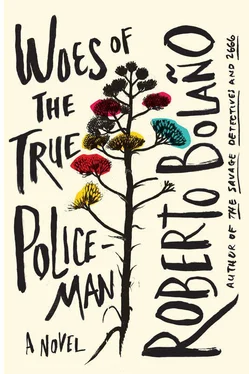
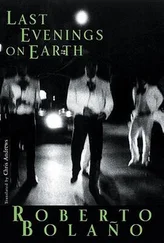
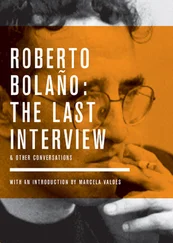
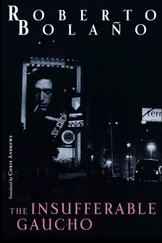


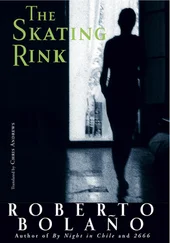
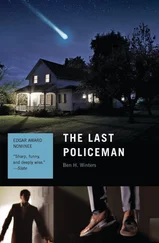
![О Генри - Бляха полицейского О’Руна [The Badge of Policeman O'Roon]](/books/405347/o-genri-blyaha-policejskogo-o-runa-the-badge-of-po-thumb.webp)
